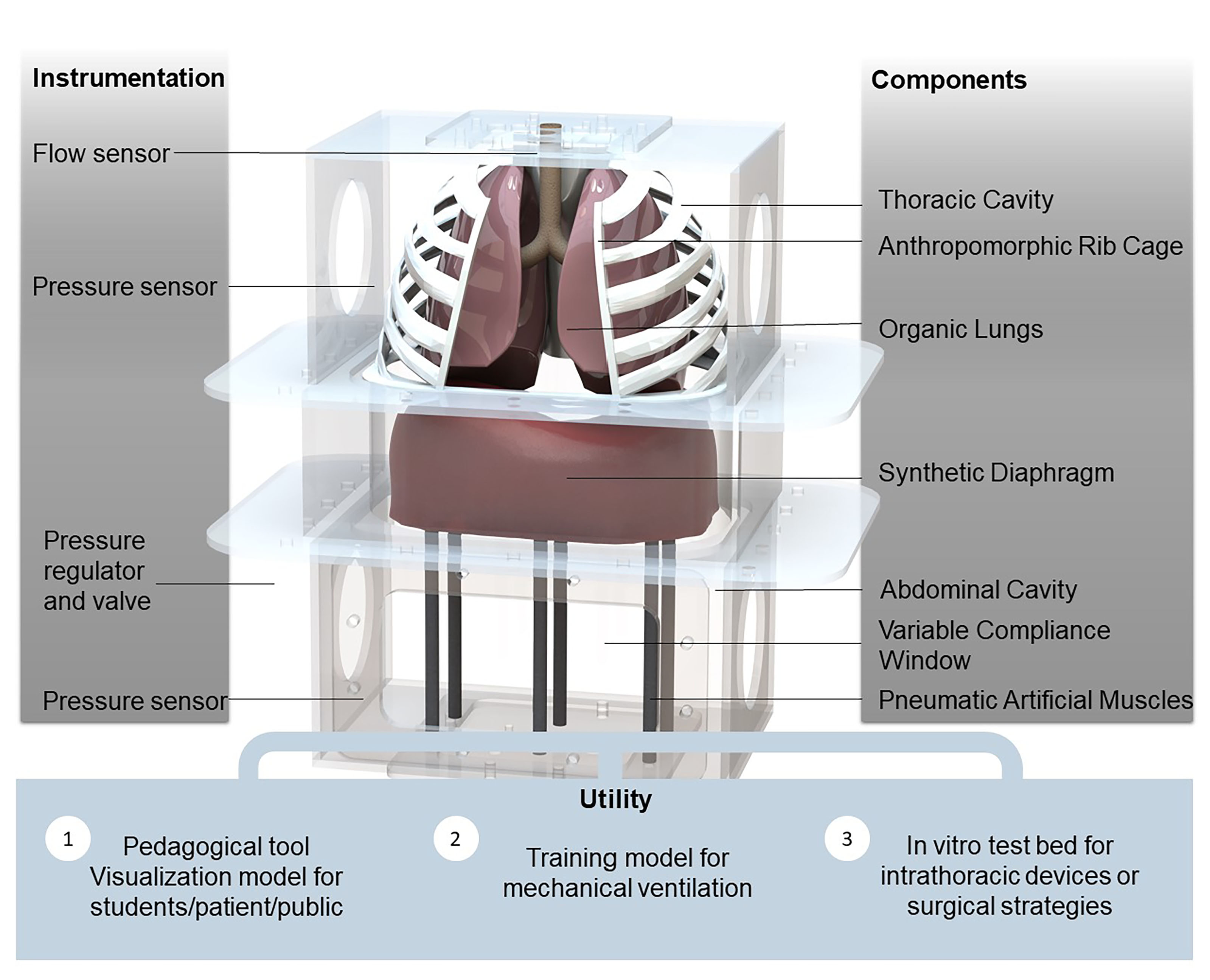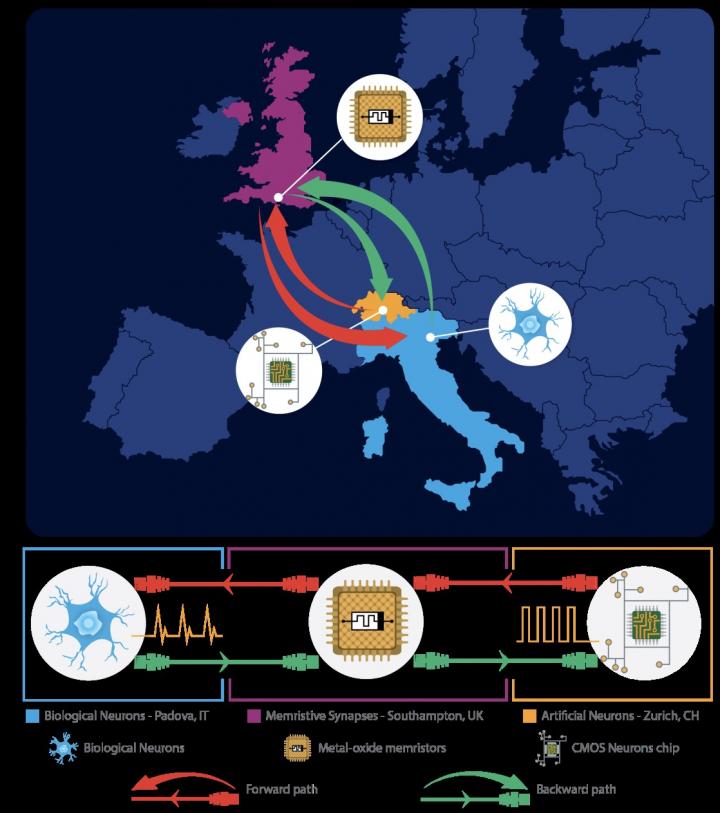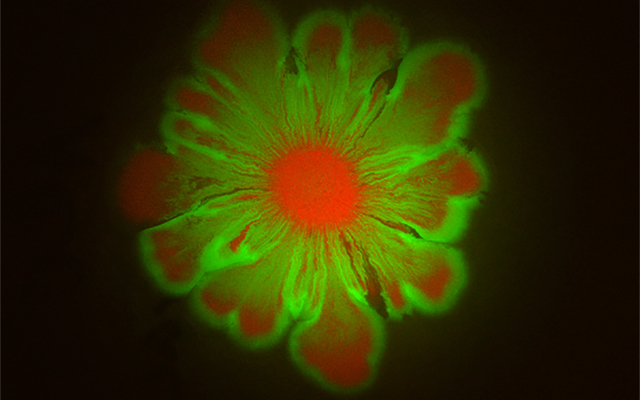Article title: Habitually wearing high heels may improve user walking economy in any footwear Authors: Owen N. Beck, Jordyn N. Schroeder, Gregory S. Sawicki From the authors: “Habitually wearing high-heeled footwear structurally remodels leg muscle tendons and improves user walking…
Tag: Biomechanics
Type 2 Diabetes Alters the Behavior of Discs in the Vertebral Column
Type 2 diabetes alters the behavior of discs in the vertebral column, making them stiffer, and also causes the discs to change shape earlier than normal.
How Ancient Sea Creatures can Inform Soft Robotics
Soft robotics is the study of creating robots from soft materials, which has the advantage of flexibility and safety in human interactions. These robots are well-suited for applications ranging from medical devices to enhancing efficiency in various tasks.

RPI Alumnus Sheldon Weinbaum ’59 Named Recipient of National Medal of Science
A distinguished RPI alumnus and a member of the Class of 1959, Sheldon Weinbaum, Ph.D., was recognized with the National Medal of Science by U.S. President Joe Biden at a White House ceremony on October 24.
Biomechanics Study Aims to Help Prevent Youth Sports Injuries
Many studies have aimed to better understand the kinds of injuries that occur during youth sports. But there’s been relatively little research to address the most pressing issue: How can these injuries be prevented?
Robot-assisted therapy for stroke patients
University of Delaware researchers will use a $1.2 million National Institutes of Health grant to improve post-stroke rehabilitation using robotic exoskeleton devices and advanced modeling techniques to develop patient-specific exercises and interventions.
A New Framework for Investigating Stability During Walking
By creating a new framework for using mechanical energetics as a measurement for stability, Georgia Tech researchers have gained deeper insights into how and why we fall.
Human skin has evolved to allow maximum durability and flexibility
Human skin has evolved to allow maximum durability and flexibility, according to new research from Binghamton University, State University of New York.
Study Finds Surprising Way to Make Walking Easier
A robotic waist tether pulls at a wearer’s center of mass to reduce the energy needed to walk, offering a new potential approach for assistive rehabilitation.
Novel Tag Provides First Detailed Look into Goliath Grouper Behavior
A study is the first to reveal detailed behavior of massive goliath groupers. Until now, no studies have documented their fine-scale behavior. What is known about them has been learned from divers, underwater video footage, and observing them in captivity. Using a multi-sensor tag with a three axis accelerometer, gyroscope and magnetometer as well as a temperature, pressure and light sensor, a video camera and a hydrophone, researchers show how this species navigates through complex artificial reef environments, maintain themselves in high current areas, and how much time they spend in different cracks and crevices – none of which would be possible without the tag.
These geckos crash-land on rainforest trees but don’t fall, thanks to their tails
A gecko’s tail is a wondrous and versatile thing.
NAU mechanical engineer receives NSF CAREER award to pioneer robot-assisted rehabilitation while integrating education, research
Zach Lerner leads the Biomechatronics Lab at NAU, where he studies the use of robotics to help improve the gait of people with walking disabilities. The outcomes for this project have the potential to transform treatment of walking disabilities across a wide range of conditions.
Associations between head impact exposure and abnormal imaging findings in youth football players over consecutive seasons
Researchers examined the frequency and severity of head impacts experienced by youth football players and how exposure to head impacts changes from one year to the next in returning players, then compared the resulting data with findings on neuroimaging studies obtained over consecutive years in the same athletes.
Motor neural population activity patterns are different for reach and grasp behaviors
A new study from researchers at the University of Chicago has found that neuronal population dynamics in the motor cortex are very different during reaching and grasping behavior, challenging a popular theory that indicated intrinsic, dynamic patterns control motor behaviors.

The Machine Inside a Catfish’s Catch
New research into how catfish capture prey provides an unparalleled view of the internal mechanics of fish skulls and could inspire the design of new underwater robots.

Biohybrid Model Uses Organic Lungs, Synthetic Muscles to Re-Create Respiration Mechanics
Discussed in APL Bioengineering, researchers created a high-fidelity respiratory simulator that accurately represents the interplay between the abdomen, diaphragm, lungs and pleural space, the fluid-filled membrane surrounding the thorax and lungs. The model, using swine lungs, soft robotic materials and artificial muscles, allows precise tuning of pressure in each part of the system, so specific disease conditions can be tested. It also proved extremely useful for testing ventilator-only respiration by removing the elastomeric diaphragm.

New study allows brain and artificial neurons to link up over the web
Research on novel nanoelectronics devices led by the University of Southampton enabled brain neurons and artificial neurons to communicate with each other.

Solar storms could scramble whales’ navigational sense
When our sun belches out a hot stream of charged particles in Earth’s general direction, it doesn’t just mess up communications satellites.
Experimental fingerprint test can distinguish between those who have taken or handled cocaine
An experimental fingerprint detection approach can identify traces of cocaine on human skin, even after someone has washed their hands – and the test is also smart enough to tell whether an individual has actually consumed the class A drug, or simply handled it.

Why males pack a powerful punch
Elk have antlers. Rams have horns. In the animal kingdom, males develop specialized weapons for competition when winning a fight is critical. Humans do too, according to new research from the University of Utah. Males’ upper bodies are built for more powerful punches than females’, says the study, published in the Journal of Experimental Biology, suggesting that fighting may have long been a part of our evolutionary history.

Surprising Beauty Found in Bacterial Cultures
Researchers at University of California San Diego have discovered that when certain microbes pair up, stunning floral patterns emerge.